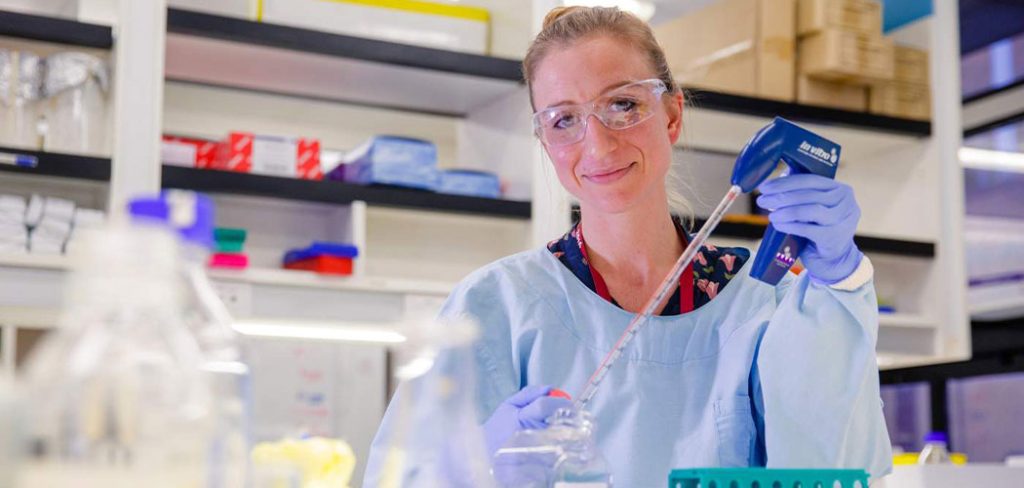An online COVID-19 risk calculator that helps determine a person’s risk of developing long COVID is now available and may help encourage health prevention measures.
“While many adults don’t see COVID-19 as a big issue now, many are concerned about getting long COVID.
“The chance of suffering long COVID increases with every bout of COVID-19 a person catches,” said Flinders University Associate Professor John Litt, a co-lead on the calculator project.
The University of Queensland-led and developed COVID-19 Risk Calculator has been developed in conjunction with scientists, clinicians and researchers from Flinders University, QUT, the University of Sydney and the Immunisation Coalition.
The calculator provides a personalised risk assessment of developing long COVID six months after infection.
It can be used by healthcare professionals with individuals as a risk assessment tool for shared decision making on vaccination, infection-avoidant behaviours and pursuing early treatment during acute infection.
At least 65 million people globally are thought to suffer from the post-acute sequelae of COVID-19 (PASC), more commonly known as long COVID. An Australian National University study found almost one in five Australians who tested positive to COVID-19 in 2022, were still experiencing ongoing symptoms three months after their initial diagnosis.
While diagnosing and treating long COVID is still in its infancy, there was now a strong understanding of the risk factors associated with the condition’s development, said UQ’s Associate Professor Kirsty Short.
“It’s an incredibly debilitating disease causing more than 200 symptoms across 10 different organ systems and can affect individuals quite differently. Common symptoms include fatigue, brain fog and shortness of breath.

“The calculator takes into account a range of personal factors including age, sex, comorbidities, vaccination status, number of previous infections and use of antiviral medications.
“All of this data allows our research-backed algorithm to provide a personalised risk assessment of developing long COVID. The interface is user-friendly and easy to navigate for people of all ages and technological proficiencies.”
Determinants for risk
The tool asks a series of questions that determine a person’s risk. Results are only a guide showing the average result for people of the same sex and age. It does not consider individual risk factors that can increase chance of infection of illness from COVID-19 such as a person’s general health, geographic location or any COVID-19 safe behaviours.
Results can be displayed as ‘as a chance’ or ‘per million people’ by clicking on the tabs. Several videos provide examples of how to understand the risk calculator results, for adults, children and long COVID.
By helping to identify those who might be at higher risk, the tool allows for proactive measures and early interventions to potentially mitigate the severity and duration of long COVID symptoms. The project put a spotlight on the controllable factors that could lead to long COVID, said Dr Short.
“Incomplete vaccination, missed drug treatment during acute infection and repeat infections are the greatest controllable influencers that increase risk, so there are actions you can take right now to reduce that.
“Knowing your personal risk and the steps you can take to protect your health can help us win the war against long COVID.”
When making decisions about COVID-19 vaccination, people should also consider how their chance might change in the future, such as an increase in the number of cases in the local community or travel.








